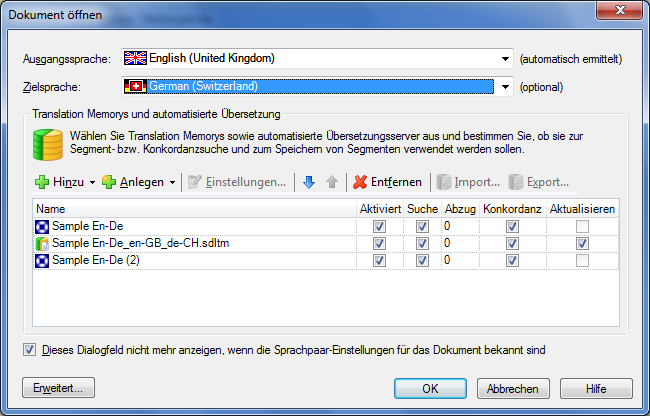

The third article introduces a meta-level model of revision and post-editing competence and defines their place within the simulation and the translator education curriculum. The second article explores translation students’ understanding of workflow from a competence perspective through content analysis of essays. The first article presents the simulation course and introduces a multicomponent competence model for identifying students’ abilities. The dissertation comprises five previously published articles and a thesis summary. A translation service provision self-efficacy model is designed as a theoretical framework and operationalised as a survey instrument for monitoring student progress. For measuring progress, the construct of self-efficacy is proposed to complement the construct of competence. A broad set of translation production workflow activities is explored from two angles: 1) students’ understanding of the activities and 2) theoretical conceptualisations of the abilities required for performing them. Translation company simulation is a pedagogical approach in which students carry out translation projects in self-organising teams. This dissertation investigates how the professional abilities of translation students can be monitored in translation company simulation courses. This mode of translation teaching based on crowdsourcing has a certain reference value for the cultivation of high-quality language service talents and the construction of a new mode of personnel training in the language service industry. The mode is of sustainable value, with the development of AI-driven machine translation technology, and the innovation of translation teaching mode is significant for professional translator training. The mode has positive significance for exploring learner autonomy, stimulating students’ motivation, improving students’ translation ability, and training qualified translators. The results demonstrate that the integration of crowdsourcing with translation teaching worked well. Validation of the survey instruments, descriptive statistics, and group comparisons were all accomplished.

Statistical analyses were carried out with IBM Statistical Package for Social Sciences (IBM SPSS 26). Participants in the study included university students registered in the English and Translation degrees in Chinese universities. This study developed an empirical study in which such quantitative and qualitative methods are conducted as classroom observation, case analysis, translation quality analysis, questionnaire survey, and email interviews. The combination of crowdsourcing and translation teaching can realize the innovation of translation teaching mode. The training of qualified translators needs innovation of translation teaching mode. The language service industry needs more qualified translators. This article explores these recent trends and predicts that, over the next decade, professional translators will find it increasingly difficult to survive as linguistic transfer experts alone. As a result, topic-proficient bilinguals are again entering mainstream translation tasks via simplified translation management processes and crowdsourcing approaches. Twenty years on, translation tools and workflows continue to narrow this focus, even tending towards simple post-editing of machine translated output. However, the same technological processes that briefly empowered the professional translator also signalled a return to a bottom-up approach by concentrating on the segment. This professionalisation was further driven by the digital revolution in the 90s which caused a huge increase in translation demand, and the creation of purpose-designed translation tools-principally translation memory (TM). In the mid 20 th century, textual theory and discourse analysis saw emphasis on a top-down, whole-text approach that paved the way for modern professional translators as linguistic transfer experts. Translation has historically been performed by bilinguals equipped with specialised topic knowledge.


 0 kommentar(er)
0 kommentar(er)
